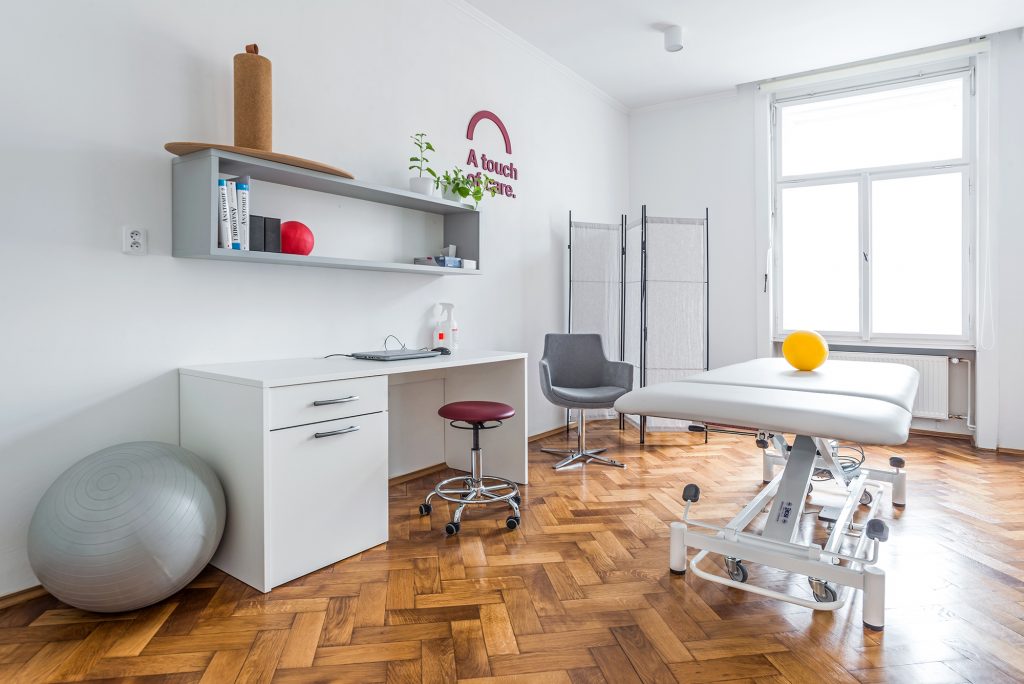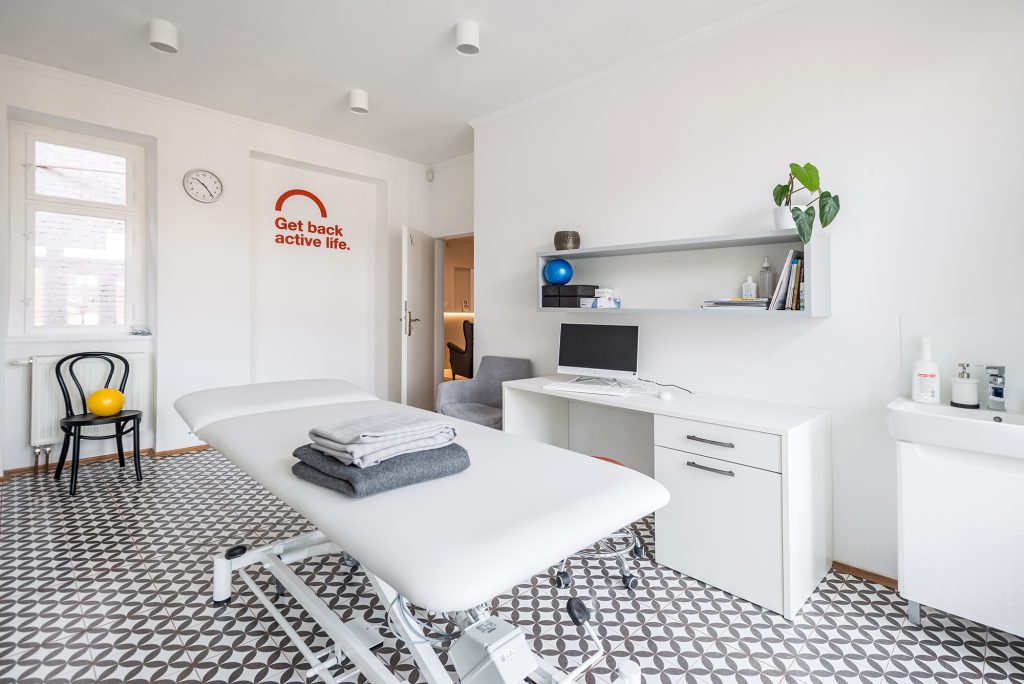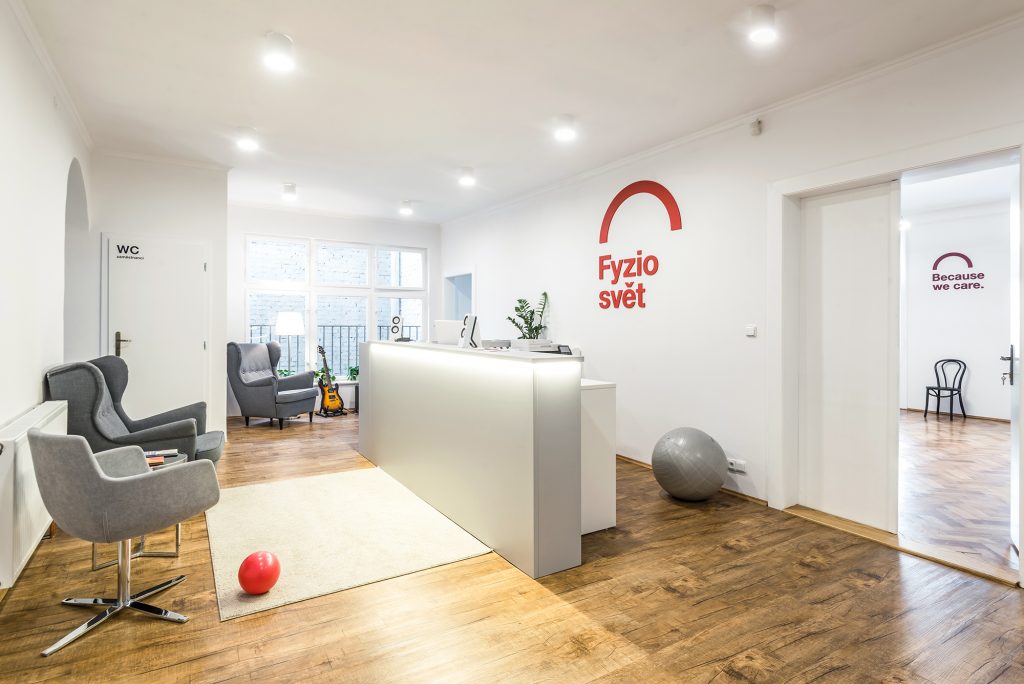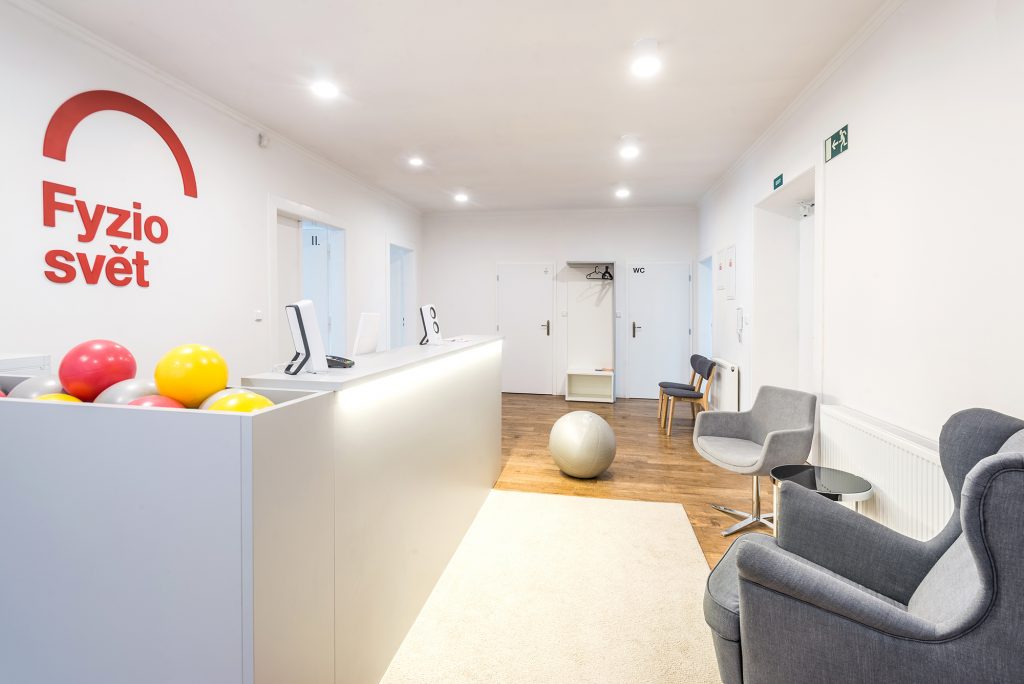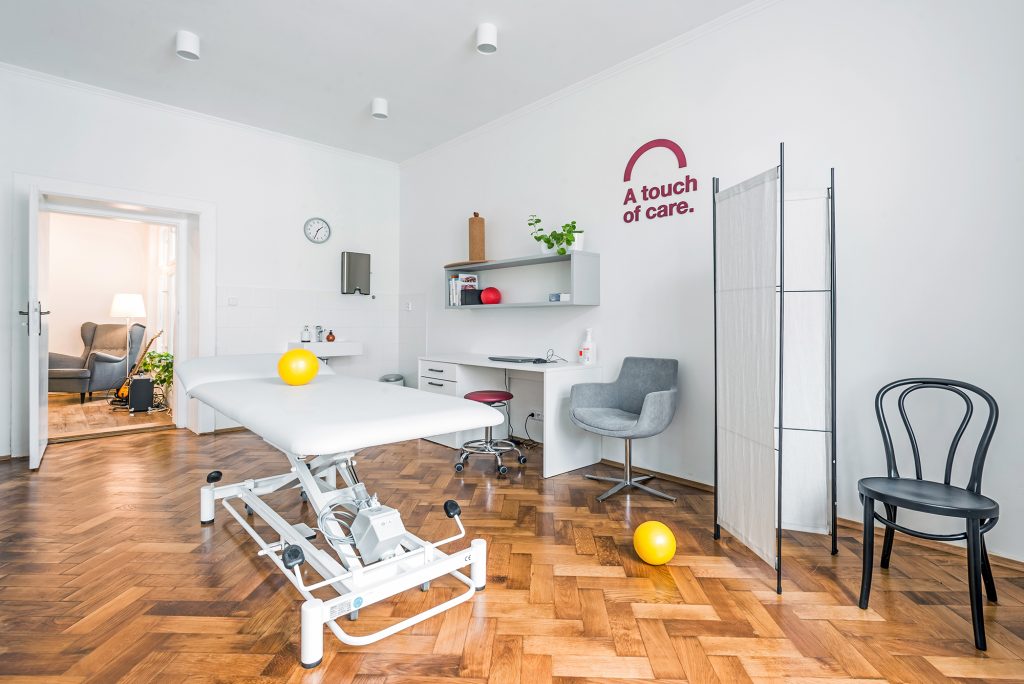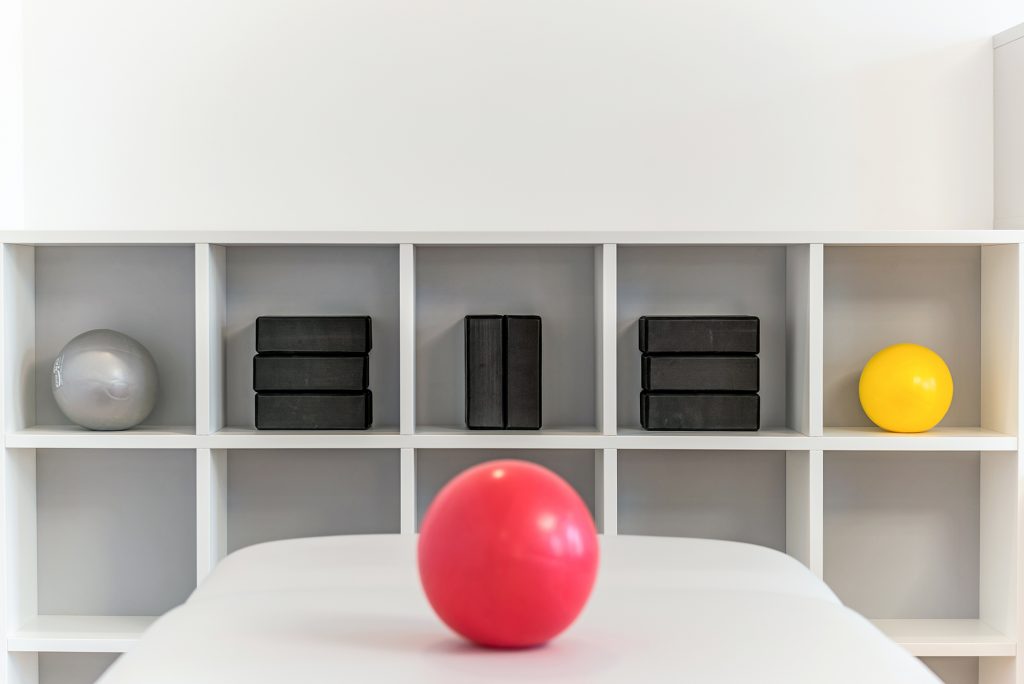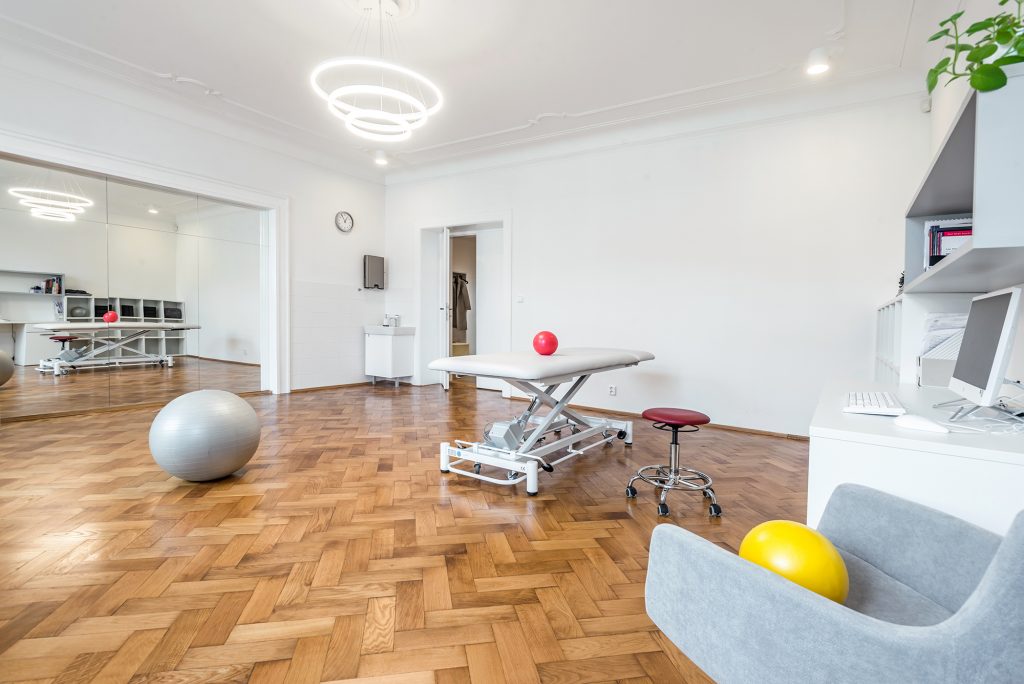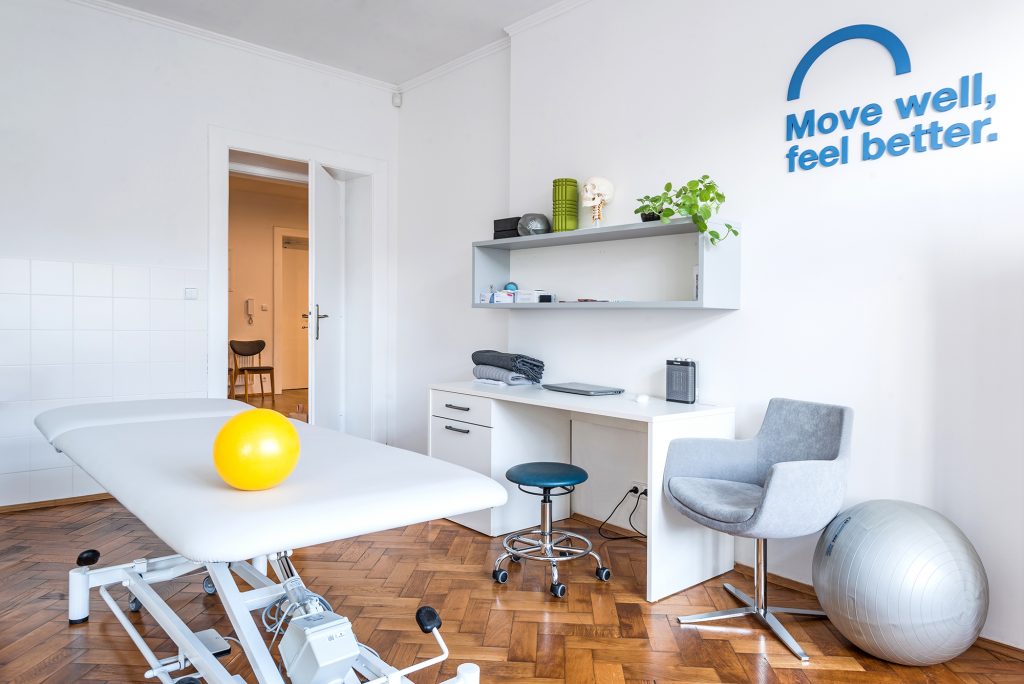Starting to Run – Tips from a Physiotherapist
Running has become a real phenomenon. And it’s no surprise – these days, running is one of the few certainties we still have. You can put on your shoes and head to the park or forest. Stay grounded with your feet, but let your mind soar. Running connects us with the natural world while giving us a sense of freedom. At Fyzio Svět, we often encounter clients who dive headfirst into running. They start too fast, cover too long distances, and often without any preparation. Sooner or later, the body responds with pain, as it’s not ready for such strain.
Are you thinking of starting to run? Wondering what to watch out for and how to avoid mistakes that could hurt you or put you off running for good? Let’s go through a few basic tips that will make the beginning of your running journey easier.
Running is one of the most accessible sports, and all you need is a good pair of shoes. There are countless benefits – improved physical fitness, weight loss, a strengthened immune system, and a well-deserved flood of endorphins. In terms of physical demands and respiratory needs, running is undoubtedly one of the most challenging sports. It requires significant strength and flexibility in the muscles, as well as stability and elasticity in the joints and ligaments. All of these elements, along with your breathing rhythm, must work together in harmony. It can take time to prepare your body for running, and there’s nothing wrong with that. It’s also important to realize that running may not be suitable for everyone right away. If you haven’t been active for a long time or if you’re overweight, it’s kinder to your joints to base your initial training on regular walking, or even alternating between walking and running (also known as interval running)
Common Beginner Mistakes
Too fast, too far
Initial enthusiasm to run every day often leads to muscle and joint overload due to excessive strain. The resulting muscle and joint pain can last up to a week, discouraging beginners from running with the feeling that running just isn’t for them.
Small shoes
Running shoes should be at least one size larger than your everyday shoes. This is because, during running, the foot spreads out due to body weight. There must be enough room in the shoe, or you’ll experience blisters or bruised toenails.
Landing on the toes
If you run on your toes over long distances, you put undue strain on your calf muscles. This can result in calf pain, knee pain, or Achilles tendon issues. Running on the toes is more suitable for short distances like sprints.
Hard heel strike
Running with a heel strike is also incorrect. The proper foot strike should be around the midfoot. The foot contains several important joints and ligaments that can effectively absorb the impact of your body weight. A heel strike loses this shock-absorbing effect, and the impact force travels through the heel bone to other joints in the leg, all the way to the spine, unnecessarily overloading these joints.
Minimalist shoes on hard surfaces
In recent years, minimalist shoes like Barefoot or Fivefingers, which simulate barefoot walking, have become popular. The concept is great, but many beginners enthusiastically take them to run on concrete streets. It’s better to start with barefoot shoes by walking on softer terrain (grass, forest trails) and allowing your foot muscles to gradually adjust, which could take a few months. Barefoot shoes may not suit everyone for running. If you haven’t mastered running technique, it’s better to leave minimalist shoes for everyday wear.
Limited hip mobility
A sedentary lifestyle impacts hip joint flexibility. If we don’t actively work on hip flexibility, the body compensates for the lack of range of motion, which is crucial for running, by using other joints. Typically, the knee joint takes on unnatural movement patterns, making it vulnerable and unstable. Alternatively, the ankle may overcompensate by lifting the toes too much during the step phase, leading to shin muscle strain and the typical shin pain or chronic inflammation.
Inefficient breathing
We’ve already written an article on proper breathing at rest, but breathing during exercise is a bit different. The body has greater air exchange demands, so breathing becomes faster and deeper. This involves additional breathing muscles that shouldn’t be engaged at rest, but are necessary during sports. The most common mistake in running is shallow breathing into the upper chest, below the collarbones. When we only use the upper chest and not the whole ribcage, the air volume is too small to meet the oxygen demands of the working muscles. To compensate, we must breathe faster, leading to quick exhaustion, increased heart rate, and strain on the auxiliary breathing muscles, causing neck pain, shoulder issues, or rib blockages. While slow, deep breathing isn’t the solution either, the breathing pattern should be efficient – finding a middle ground. Each person has a unique breathing pattern based on their anatomy. At Fyzio Svět, we can assess your breathing limits, help you optimize them, and ensure running brings you joy. It’s quite a science, and we’re preparing another article to explore breathing in sports in more detail.
Weak core muscles
A well-functioning core (deep stabilization system of the spine) is essential for all body movements, and running is no exception. The core includes the diaphragm, pelvic floor muscles, abdominal muscles, and back muscles – sometimes referred to by trainers as the “core.” Before you push off, lift a weight, or run, your core must engage to support the movement of your limbs. If the core doesn’t engage during running, the spine takes on the strain from moving limbs, leading to overloading. Weak core muscles are a common cause of sports injuries. The goal isn’t to have abs of steel, but to have dynamically flexible core muscles that allow for natural breathing. If the breathing rhythm doesn’t sync with proper core engagement, we often experience that familiar side stitch.
Stiff arm movements
Your arms should assist the rest of the body in creating a harmonious running motion. Arm movement occurs only in the shoulder joint, moving forward and backward along the torso. A common mistake is swinging the arms in front of the body, which causes excessive torso rotation and overloads the shoulders, trapezius muscles, and lower back. The hands should be relaxed. Holding a phone in one hand throws off the entire running rhythm and causes muscle imbalances.
Why Work with a Physiotherapist?
Every body may have hidden weaknesses that only become apparent when it is under increased strain. Thanks to thorough diagnostics at Fyzio Svět, we can identify these weak spots before they cause pain or injury. It’s worth having a consultation as a preventive measure, especially if you’re just starting out with running.
One common issue in today’s sedentary world is weak gluteal muscles. These muscles are crucial for stabilizing the hip joint. If they’re weak, we use back muscles or alternative muscle chains to stabilize the hips, overloading the knee, ankle, or even the foot arch. Clients often come to physiotherapy with pain in these areas. The solution can be well-chosen exercises that effectively strengthen the glutes and prevent these problems. Weak glutes are just one of the many possible reasons for the pain that runners experience.
Common Issues We Address in Runners:
- Knee pain (under the kneecap, on the outer side, ITB syndrome)
- Back pain (often one-sided, in the lower back and sacrum)
- Achilles tendon pain
- Shin pain
- Groin pain
- Heel pain (plantar fasciitis, heel spur)
- Muscle injuries (strains/tears)
- Difficulty maintaining breathing intensity, side stitches
9 Tips for Beginner Runners
- Just Start
The hardest step is always the first one. But start slowly, ideally with interval running, and gradually increase your pace and the length of your runs. - Listen to Your Heart
Monitor your running intensity using your heart rate (HR). For beginners, this is a good guide. Use a simple formula to estimate your maximum heart rate (HRmax):- For men: HRmax = 220 – age
- For women: HRmax = 226 – age
Then, calculate your target training zones based on your HRmax, aiming for the aerobic zone (~55% of HRmax).
- Don’t Count Kilometers
At the beginning, it’s not about how many kilometers you run. It’s better to plan your training by minutes spent running. Alternate running with walking, and walking can dominate in the early stages. - Work on Your Technique
Proper technique will make you a better runner. It will save energy, improve your pace, and reduce injury risks. - Warm Up
Incorporate dynamic exercises and running drills as part of your warm-up. This will also help improve your running technique. - Use a Foam Roller
Foam rolling can be used both before and after running. It improves muscle performance and flexibility, reduces fatigue, and relieves muscle soreness. - Don’t Underestimate Good Shoes
The wrong pair of running shoes can lead to health issues and a loss of motivation. - Don’t Push Too Hard
Every day is different, and energy levels vary. A good training plan includes room for recovery on days when you don’t feel as strong. - Don’t Give Up
Give yourself time to adapt to this new activity. Be patient with your body – it’s worth it.
